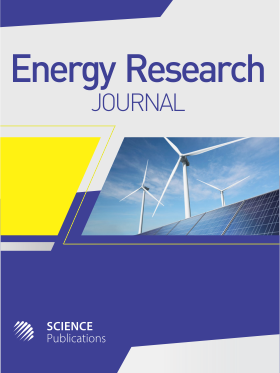The Influence of Foam Density on Specific Energy Absorption of Rectangular Steel Tubes
- 1 Ubon Ratchathani University, Thailand
Abstract
Problem statement: In general, the automotive structure is targeted to absorb high impact energy with least mass as much as possible. This is in order to limit the fuel consumption. Therefore, various techniques to increase the energy absorption with less mass increment have been studied for years. One of those techniques is by filling foam in the tube. This study is also aimed to investigate more detail of the behavior of foam-filled structure under impact. Approach: The study was carried out experimentally by using steel tubes of 2 dimensions i.e., 1×2 and 2×2 inch2. The thickness of each tube was varied from 1.2, 1.5 and 1.8 mm. Each tube was filled with polyurethane foam. The density of foam was varied from 100, 200 and 300 kg m-3. The foam-filled tubes were crushed axially using a 1,000 kN universal testing machine. The crush speed was 50 mm min-1. The load - displacement were recorded and the energy absorption of each specimen was calculated and compared. In this study the specific energy absorption was used as a key indicator, rather than energy absorption, in order to take the mass increment into account. Results: The experimental observation revealed that the structures failed in square mode with number of fold increases as the density of foam increased. It also found that the foam filled tube with density of 300 kg m-3 absorb energy more than that of the tube with foam of 200 and 100 kg m-3 density and empty tube respectively. However, when taking mass into account, the tube with 200 kg m-3 foam-filled may be the most efficient since it provided maximum specific energy absorption value. Conclusion: The result indicated that the density of foam increases the number of folds in collapsed tubes. The result also revealed that tube with higher density foam can absorb more energy absorption. In addition, it was found that the density of 200 kg m-3 is the optimum value to fill in tube since it offers maximum specific energy absorption.
DOI: https://doi.org/10.3844/erjsp.2010.135.140

- 4,131 Views
- 5,877 Downloads
- 34 Citations
Download
Keywords
- Foam-filled
- energy absorption
- steel tube
- impact energy
- crashworthiness
